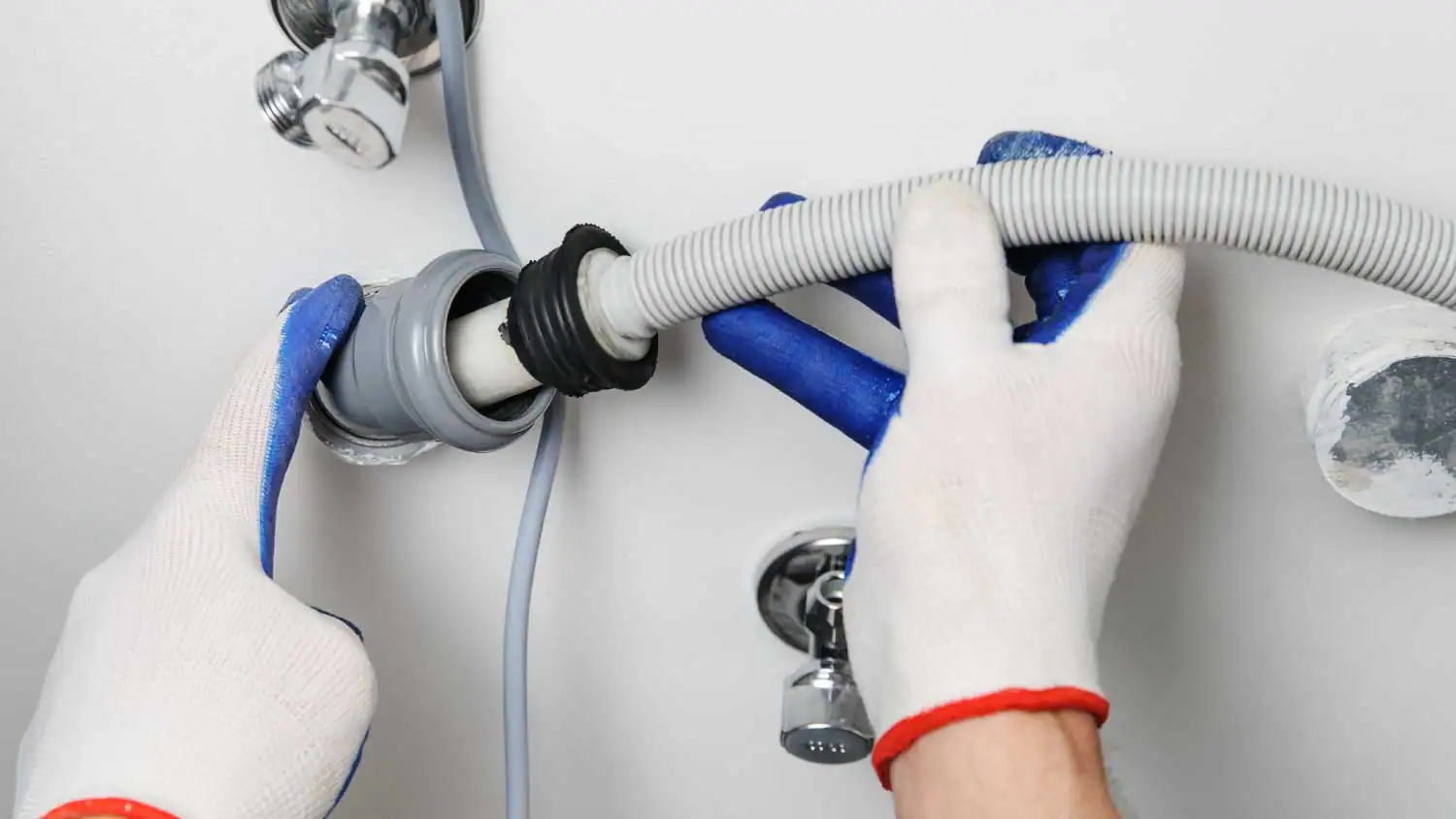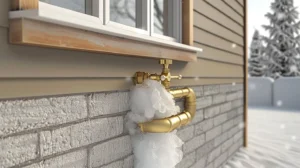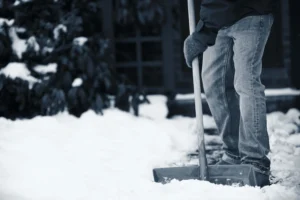As temperatures drop, one often-overlooked area vulnerable to freezing is your washing machine hoses. If water inside the hoses freezes, it can lead to burst pipes, water damage, and costly repairs. Thankfully, with a few proactive steps, you can keep your washing machine hoses safe during the cold season. Here’s how to protect them from freezing temperatures.
1. Insulate the Hoses
Adding insulation to your washing machine hoses helps retain heat and prevents freezing.
- What to use:
- Foam pipe insulation sleeves or heat tape designed for plumbing.
- Wrap the hoses entirely, covering both the hot and cold water lines.
- How to do it:
- Disconnect the hoses from the washing machine.
- Wrap each hose in insulation material, ensuring no gaps.
- Reattach the insulated hoses to the machine and secure them with hose clamps, if necessary.
- Why it works: Insulation keeps the hoses warm enough to prevent water inside from freezing.
2. Keep the Room Warm
The space housing your washing machine should stay above freezing temperatures to protect both the hoses and the machine itself.
- What to do:
- Use space heaters or portable heaters in unheated laundry areas during cold spells.
- Keep doors open to allow warm air from the rest of the house to circulate into the laundry area.
- Seal any drafts around windows, doors, or vents to minimize cold air infiltration.
- Why it works: A warm environment ensures hoses and other plumbing components stay safe from freezing temperatures.
3. Disconnect and Drain the Hoses
If your washing machine won’t be in use for an extended period (like during a vacation or in a seasonal home), draining the hoses is a smart precaution.
- How to drain:
- Turn off the water supply to the washing machine.
- Disconnect the hoses from both the water supply and the washing machine.
- Allow any remaining water to drain completely.
- Store the hoses in a warm, dry place until needed.
- Why it works: Without water inside, there’s no risk of freezing or hose damage.
4. Use an Anti-Freeze Solution
In extreme climates, consider using a plumbing-safe anti-freeze to protect your washing machine hoses.
- How to apply:
- Mix a small amount of plumbing-safe anti-freeze with water, following the product instructions.
- Pour the mixture into the hoses after disconnecting them from the washing machine.
- Ensure the anti-freeze solution is fully drained before reconnecting the hoses for use.
- Why it works: Anti-freeze lowers the freezing point of any residual water inside the hoses, preventing ice formation.
5. Install Frost-Proof Spigots
If your washing machine is located in an area with exterior spigots, upgrading to frost-proof versions can provide extra protection.
- What they do:
- Frost-proof spigots prevent water from freezing within the fixture itself.
- They reduce the risk of ice forming in connected hoses.
- Why it works: Frost-proof spigots minimize the exposure of your hoses to freezing conditions.
6. Use a Hose Cover or Enclosure
For hoses exposed to outdoor elements or extreme cold, a hose cover can provide an extra layer of insulation.
- What to do:
- Purchase a weatherproof hose cover or insulated box designed for outdoor plumbing.
- Wrap the hoses before placing them inside the cover or enclosure.
- Secure the cover tightly to block cold air.
- Why it works: A cover shields the hoses from direct exposure to freezing temperatures.
7. Keep Water Moving
If you’re expecting a hard freeze and can’t insulate or heat the area sufficiently, keeping water flowing through the hoses can prevent freezing.
- How to do it:
- Turn on the washing machine to run a small load or set it to a rinse cycle periodically.
- Alternatively, slightly open the water faucets connected to the hoses to allow a slow drip.
- Why it works: Moving water is less likely to freeze than standing water inside hoses.
8. Inspect and Replace Old Hoses
Old or damaged hoses are more prone to leaks and bursts in freezing temperatures.
- What to check:
- Look for cracks, bulges, or other signs of wear on your hoses.
- Replace old rubber hoses with more durable braided stainless steel ones.
- Consider upgrading to hoses specifically designed to withstand cold weather.
- Why it works: New, high-quality hoses are less likely to fail under the stress of freezing temperatures.
9. Install a Washing Machine Outlet Box
A washing machine outlet box can help protect hoses and plumbing connections.
- What it does:
- The box houses the water connections inside an insulated wall cavity.
- It reduces exposure to cold air and helps prevent freezing.
- Why it works: An outlet box adds an extra layer of protection, especially in unheated laundry areas.
10. Be Prepared for Freezing Emergencies
Sometimes, despite precautions, freezing temperatures can catch you off guard. Being prepared can minimize damage.
- What to do:
- If you suspect a hose has frozen, turn off the water supply immediately.
- Use a hairdryer, heat tape, or warm towels to thaw the hose gradually.
- Do not use open flames or extreme heat, as they can damage the hose material.
- Why it works: Quick action prevents further damage and helps restore water flow safely.
Final Thoughts: Keep Your Washing Machine Hoses Safe
By following these tips, you can protect your washing machine hoses from freezing and ensure your laundry routine continues uninterrupted through the winter. A little preparation goes a long way in preventing costly repairs and keeping your home running smoothly, even in the coldest weather. Stay warm and winter-ready!









